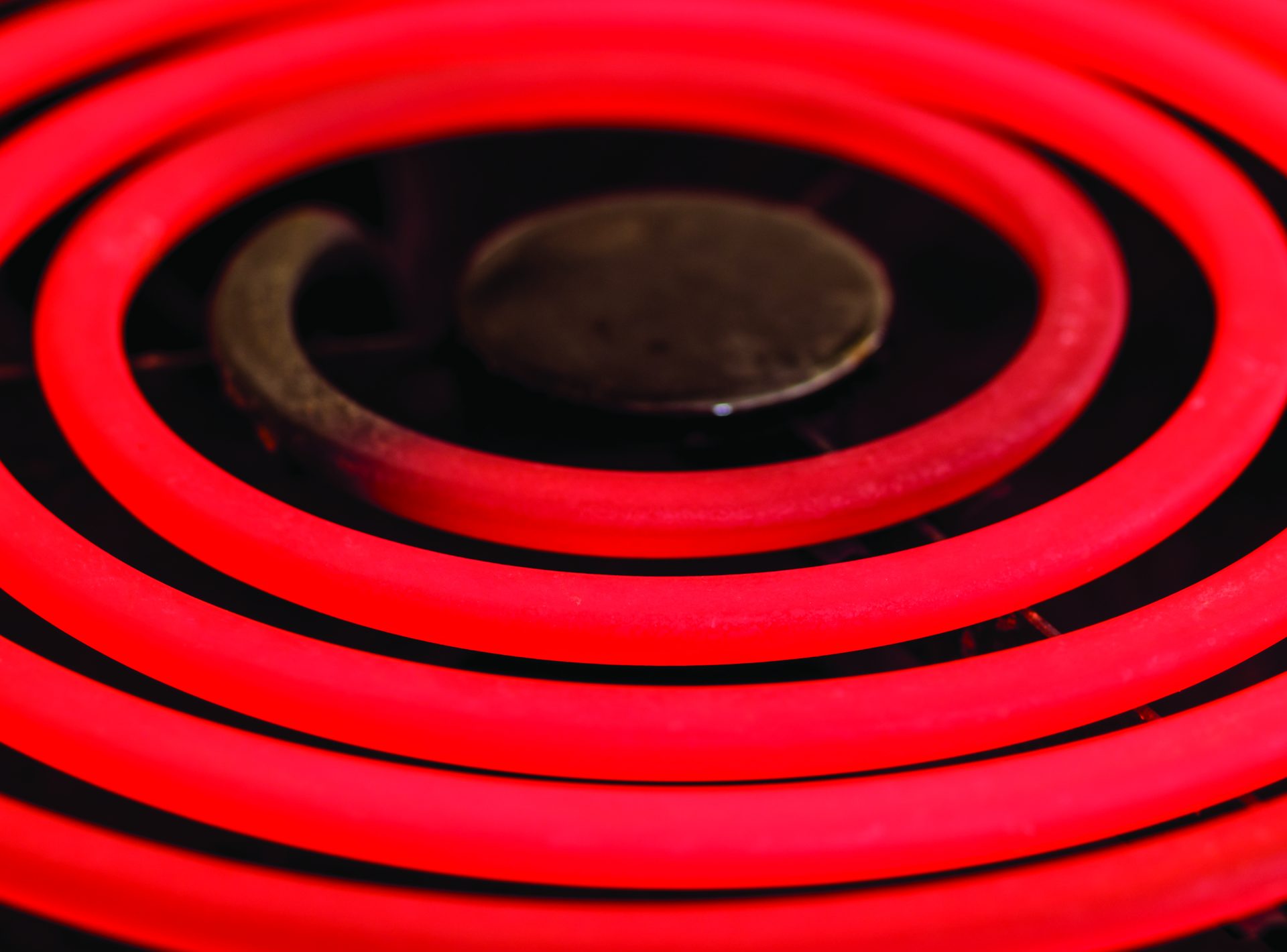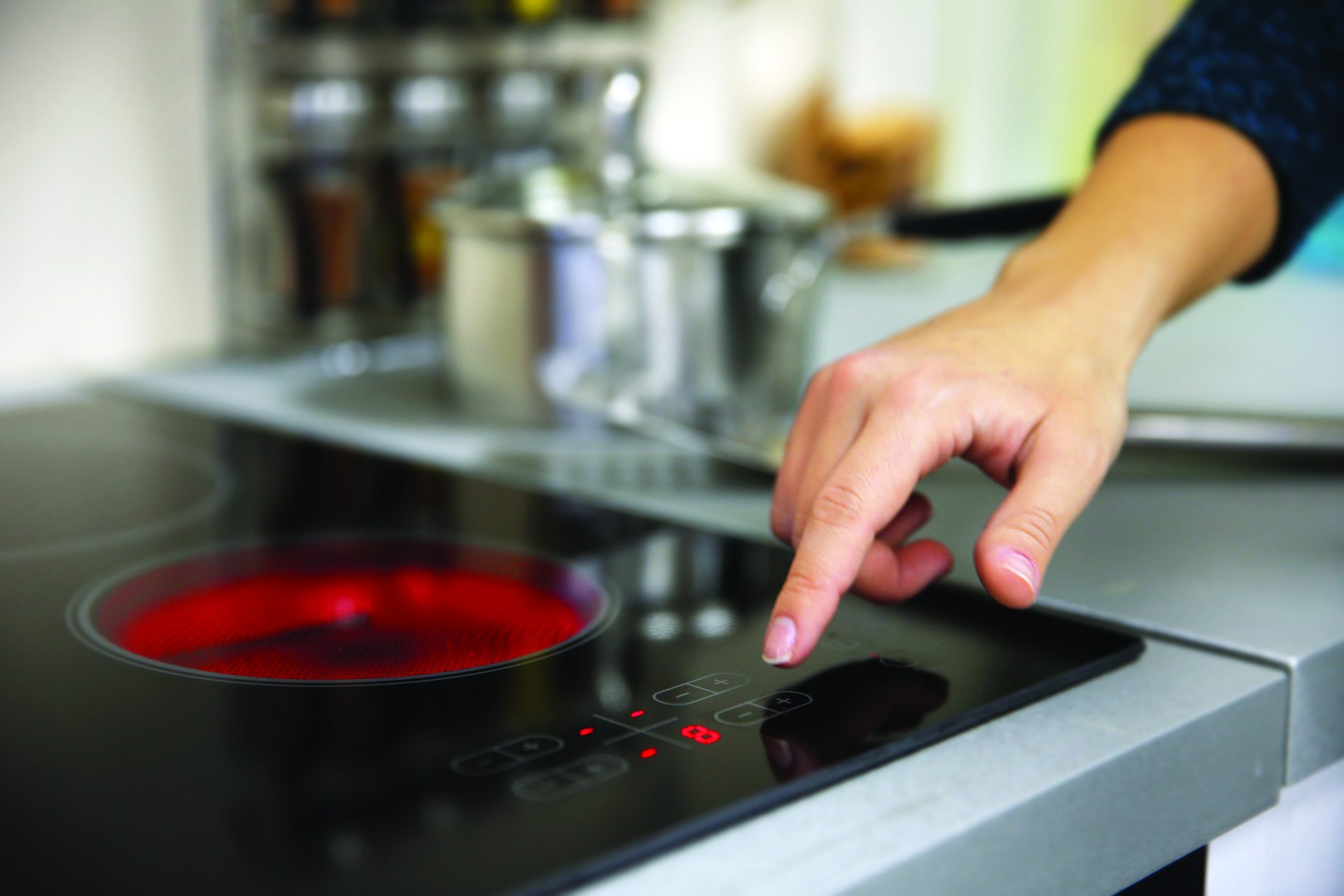Cooking with Gas?
07 Jun 2022
Gas stoves may be harmful to your health.
The good news? Alternatives are a lot better than they used to be.
By Holly Bowers
Between wildfire smoke and elevated ozone levels, the Front Range is no stranger to air quality concerns. There are measures you can take to limit environmental contamination in your home, and one solution may be your gas stove.
To create heat, gas stoves burn, well, gas. That releases chemicals such as nitrogen dioxide, methane, carbon monoxide, nitrogen oxide, particulate matter and formaldehyde (a known carcinogen).
The Rocky Mountain Institute found that homes with gas appliances can have nitrogen dioxide levels up to 400 percent higher than homes with electric appliances.
That’s a big deal—not only is nitrogen dioxide a greenhouse gas, but it’s also a health irritant. It can bother your eyes, nose, throat and respiratory tract. Long exposure can increase the risk of respiratory infections, especially in children. A 2013 study in the International Journal of Epidemiology shows that living in a home with a gas stove makes children 24 percent more likely to be diagnosed with asthma.
Switching from a gas stove to an electric stove can lead to big improvements in your indoor air quality.
So, what are your options if you want to go electric?

Electric Resistance Cooktops
When you think of “electric stoves,” you probably picture an electric resistance cooktop with coiled burners. These stoves have been around for a while. They’re safer and cleaner than gas stoves but not the most energy-efficient and can take a long time to heat up and cool down again.

Radiant Cooktops
Radiant cooktops are similar to electric resistance cooktops but have a glass ceramic cover on top. Like electric resistance cooktops, they’re cleaner than gas stoves. They cost less than induction stoves, but they don’t perform as well because they don’t distribute heat evenly.

Induction Cooktops
Newer to the market are induction cooktops, which use electromagnetic fields to create heat. Magnets transfer heat from the cooktop to iron in pots and pans, which allows them to heat up very quickly and operate efficiently.
Induction stoves cook faster and use just 22 percent of the energy required by electric resistance stoves, resulting in big cost savings. A Colorado Energy Office study found that induction cooktops are more cost-effective than gas stoves in every instance.
Induction cooktops can be on the pricey side, so if you’re not in a position to purchase an entirely new stove, you can buy a portable induction burner for as low as $50.
When switching from gas to induction, you may need to add a 240V/40A outlet before the stove can be installed, and you may also need to replace your pots and pans. Pans have to be magnetic to work on an induction cooktop. To determine if your pans will work, simply check to see whether a magnet sticks to the bottoms.
Finally, there’s some evidence that induction cooktops can interfere with pacemakers, so talk to your doctor if this is a concern for you.












